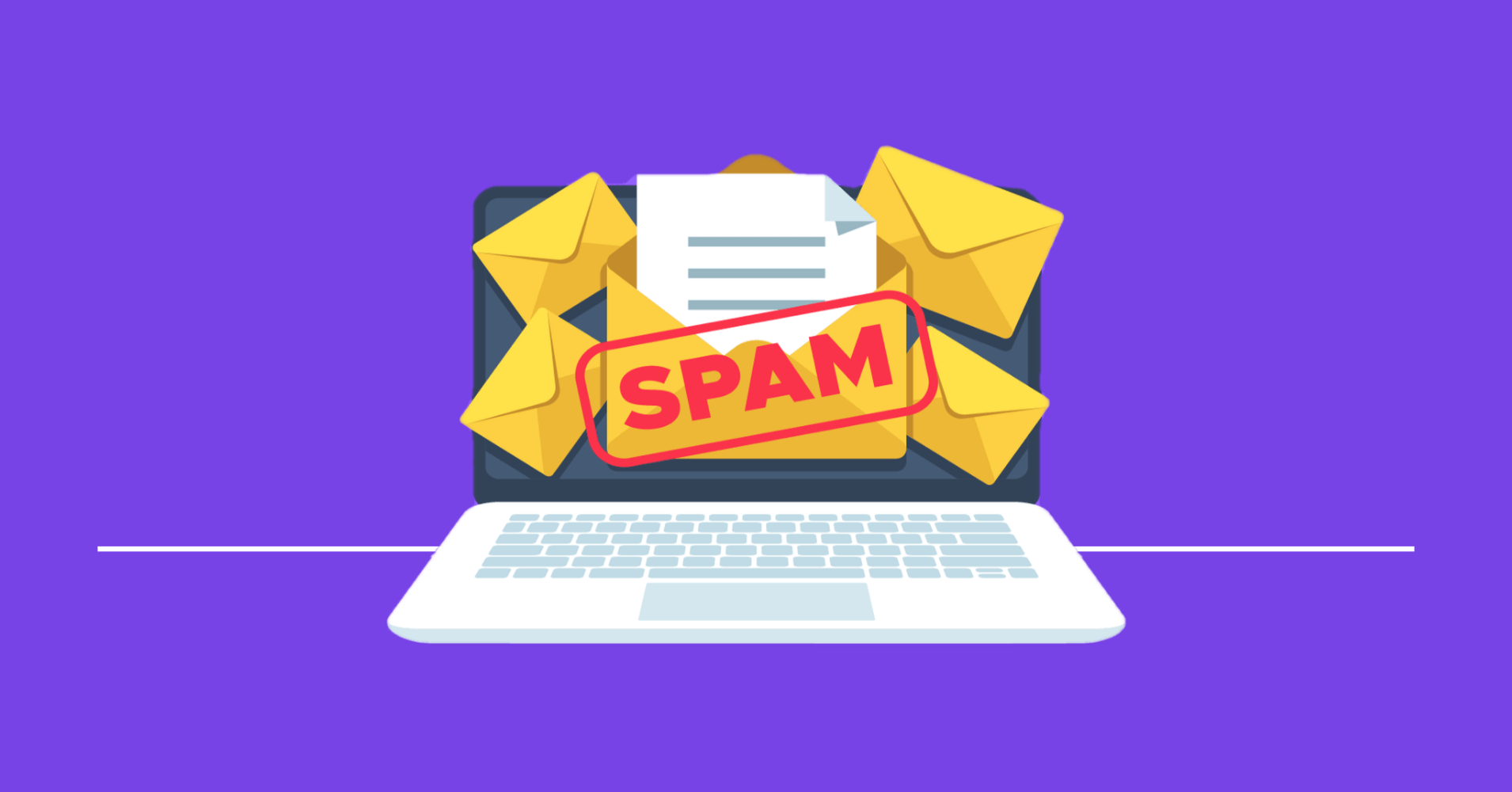Hello!
 Having a spam email show up in your inbox nowadays is most of the time a harmless annoyance and we don’t really pay attention to them nearly as much as we used to.
Having a spam email show up in your inbox nowadays is most of the time a harmless annoyance and we don’t really pay attention to them nearly as much as we used to.
Spam has always been unpopular, but at one point it made the transition to phishing and has been a major problem ever since.
The internet started as MIT’s Compatible Time-Sharing System, which stored shared files on a central disk and users logged in from remote terminals to access these files in 1965. In 1971, the prototype internet called ARPANET got the @ symbol, letting users send messages to specific users and help differentiate computers, and thus email was born. In 1976, Queen Elizebeth II became the very first head of state to send an email.
It would take another year for the first standard email to be sent, that is an email with a field for “To” and “From” and also the ability to forward messages but only a year after that for the very first mass email was sent.
It was sent to 397 users in 1978, and was so unpopular that no one would try again for over a decade. In 1988, “spamming” was a prank played by player of multi-user dungeons (MUD) games.
MUDers would flood their rival’s accounts with junk mail, preventing them from playing and crashing their systems.
The term “spam” referring to junk emails was first said by Richard Depew, referencing a Monty Python skit of the same name.
The second major attempt at mass marketing spam was in 1994 when 2 immagration lawyers sent a mass message advertising their services.
But because email was not designed to be secure, spamming went from annoyance to major security threat when it turned to phishing.
In the 1990’s the Warez Community used randomly generated credit card numbers to open AOL accounts. Using hacked accounts they could send more phishing messages to the victim’s contacts.
AOL quickly introduced new security measures that stopped the use of generated credit card numbers, but Warez was a step ahead.
They pretended to be AOL admins requesting logins from users that they targeted, and the spamming game grew from there with more and more viruses doing more damage and taking more data and money to more computers.
Thank you!
Subscribe to our newsletter! Join us on social networks!
See you!






